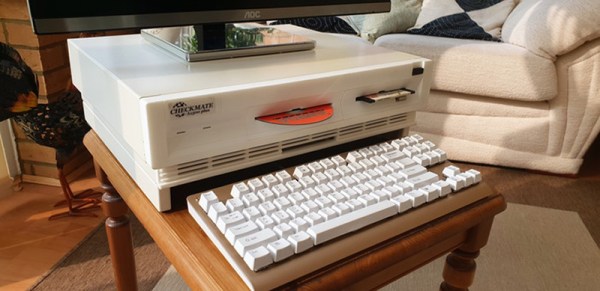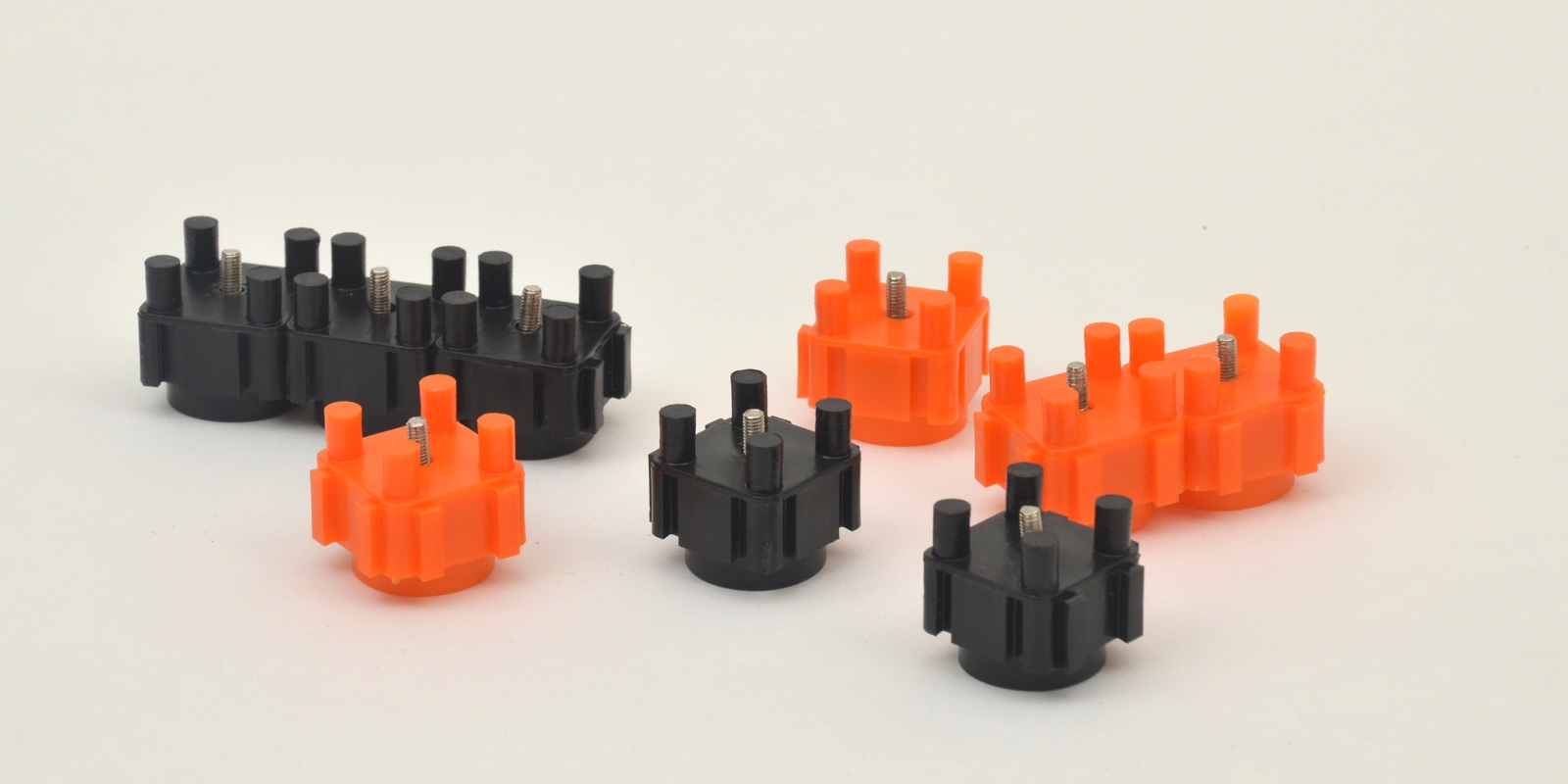The desktop computer is dead. No, I don’t mean computers that are meant to sit either on or underneath a desk. I’m talking about computer cases that are placed on a desk horizontally, probably with a monitor on top. The ‘monitor stand case’ was a mainstay for most of the 80s and 90s, but died out when CRTs became too heavy.
Now, though, there’s an interesting Kickstarter project that aims to bring the desktop computer case back, and it’s doing it as an upgrade to the classic Amiga 500, Amiga 1200, and Amiga 600 computers.
The idea for this project began all the way back in the 80s, with the Checkmate A1500 computer case. This case was designed to add expansion capabilities to the low-end Amiga 500 computer, transforming it into a desktop system with extra floppies, a hard drive, and an expansion port. In effect, you could have a ‘professional’ Amiga system for half the price of Commodore’s product offerings.
Now the Checkmate is back, this time with a case upgrade that will transform an A500, A600, A1200, or even the PPC Aeon Tabor A1222 motherboard. There’s another trick this case has to offer: it’s also compatible with MicroATX and Mini-ITX motherboards, meaning yes, there is now going to be a real desktop case that you can throw a motherboard in and a monitor on top.
The death of the desktop computer is an absolutely tragic tale that has resulted in people dropping towers on a floor and propping up their LCDs on piles of books. The reason why we do this is understandable — when CRTs got too heavy for plastic enclosures, computers became towers. Now, though, we’re all using featherweight LCDs, and computers could easily return to the desktop.
























